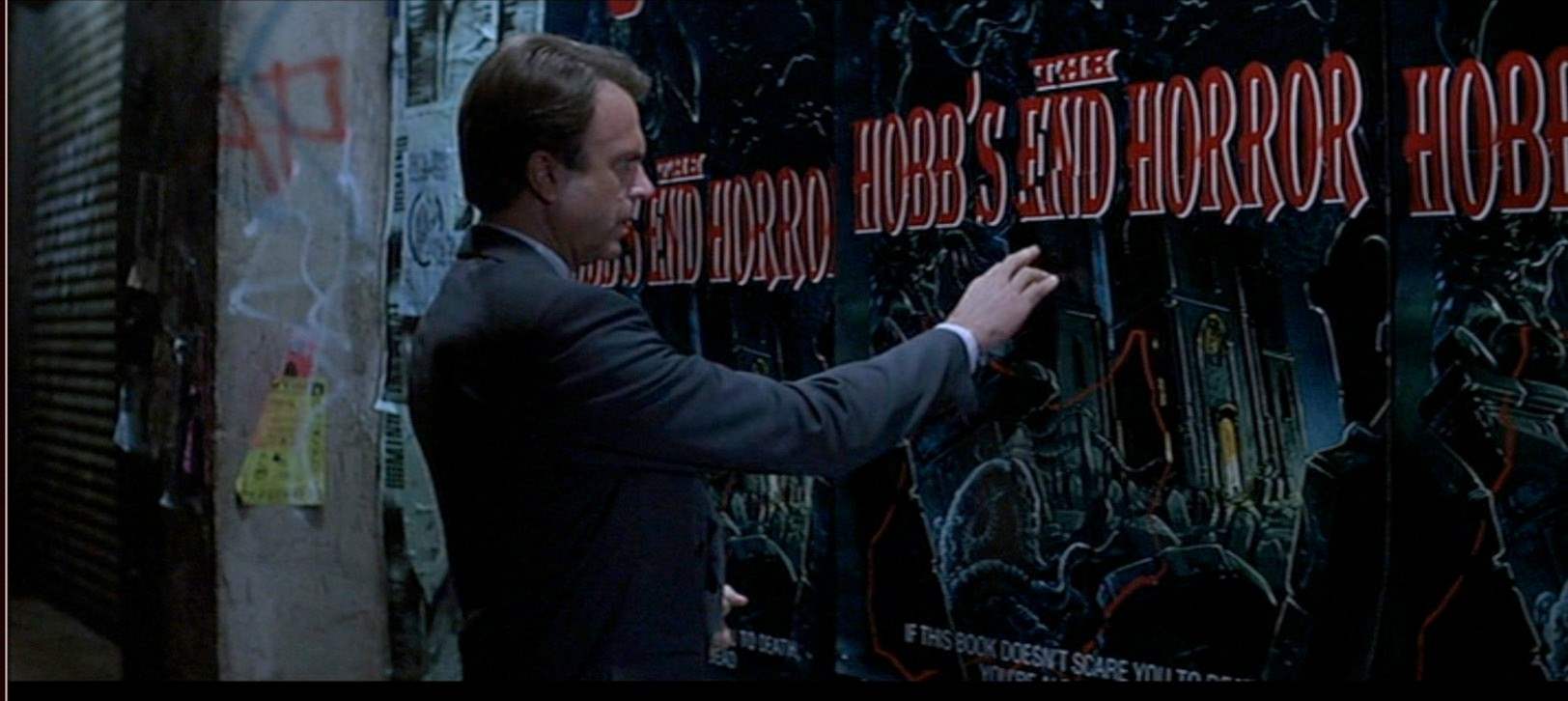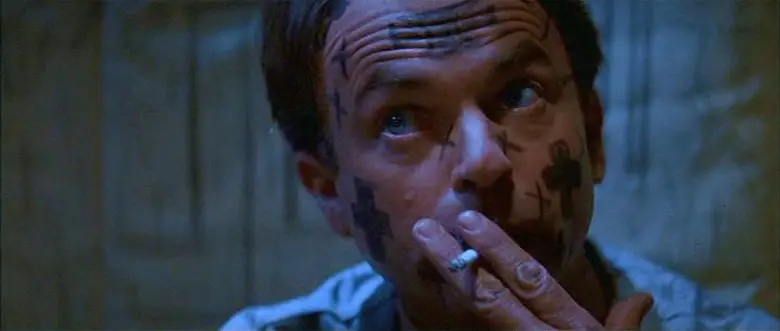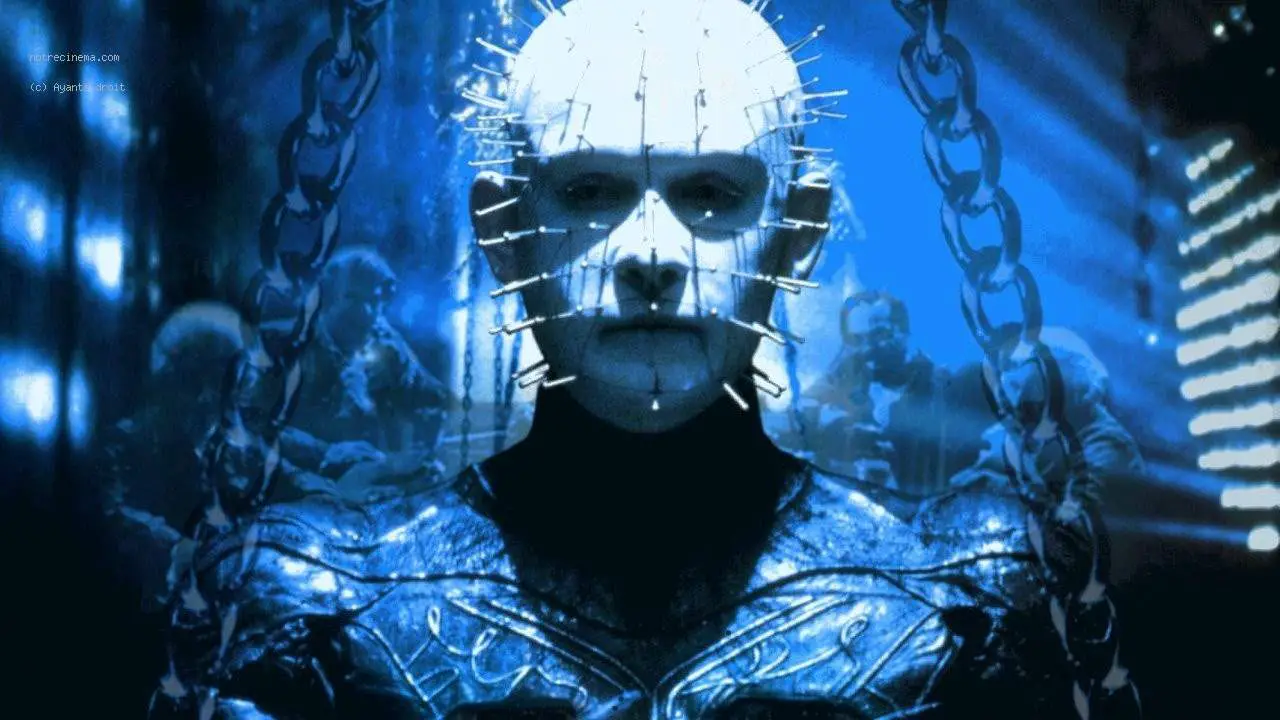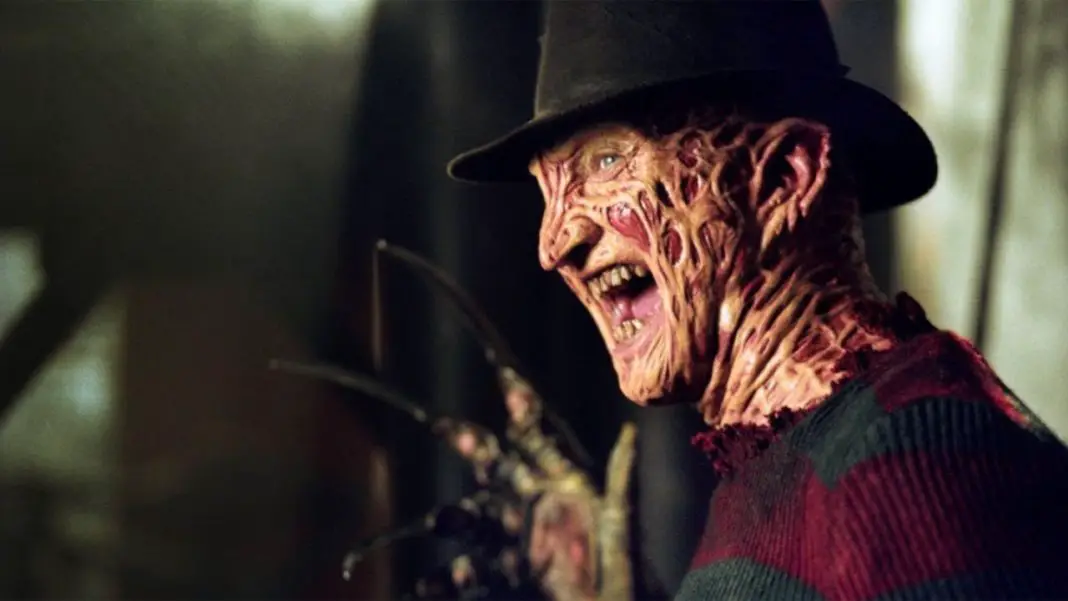Scream and Wes Craven’s New Nightmare are widely regarded as the two movies that kicked off meta-horror in the 1990s. Both were, in their own way, deconstructions of the genre. But despite having the same director, they had completely different approaches. New Nightmare is a thought-provoking, in depth analysis of the people who create horror and the nature of horror stories themselves. It’s about the very idea of where monsters come from. Scream is a peppy, post-modern and self-referential take on the genre as a whole. New Nightmare was made in 1994 and was one of the lowest grossing of its franchise during its theatrical release. Scream was released in 1996 and it changed everything. During the time between the two, however, we had John Carpenter’s underrated missing link, In the Mouth of Madness.
Did You Know? Wicked Horror TV Has Classic and Independent Horror Films Available to Stream for Free!
This film is every bit as much a deconstruction of horror as New Nightmare and Scream. It is pure meta-horror and embraces that identity. In many ways it’s the perfect bridge from one feature to the other. Like Scream, it’s more about the fans than the people who create the content—although it goes in both directions. But where Scream plays with the traditional conventions and the roles characters are pushed into, In the Mouth of Madness takes on larger concepts. This is about the very idea of horror, it’s a cosmic horror movie that looks at the genre as a cosmic theme.

This all sounds exactly like something a major publisher would do. Things take an interesting turn when Trent’s search leads him to a town from one of Cane’s books, a town that is supposed to be fictional. From there, things only get more and more bizarre.
In the Mouth of Madness has the characters, and the audience, constantly questioning what is real and what is not. Like Carpenter’s best movies, it gives no definitive answers. It doesn’t have to. What it does show works perfectly well on its own.
Related Post: Five Overlooked John Carpenter Movies That Deserve More Love
 Carpenter is a director who always tries to be entertaining first and foremost, and In the Mouth of Madness has always succeeded in that department. It keeps you guessing and keeps you questioning from beginning to end.
Carpenter is a director who always tries to be entertaining first and foremost, and In the Mouth of Madness has always succeeded in that department. It keeps you guessing and keeps you questioning from beginning to end.
It’s also one of the better efforts to adapt the creations and themes of H.P. Lovecraft on the big screen. In the Mouth of Madness was never actually a Lovecraft story, but it sounds exactly like something he would have written. There’s a lot of good, smart effort put into the characterization of Sutter Cane.
He’s a fictional author, but his work is based very much on H.P. Lovecraft. Cane’s success is clearly not based on Lovecraft, as Lovecraft barely had anything published in his lifetime, but it is pretty obviously based on Stephen King. Cane’s following and the demand for his new book form a top-notch satire on King’s massive worldwide success. There’s a lot of thought put into the story here and it pays off.
Yet In the Mouth of Madness is probably John Carpenter’s most unseen picture, maybe just after Memoirs of an Invisible Man. It’s never really found a wide audience. The people who are loyal to it are very vocal about it. But it’s one of those pictures that even people familiar with the director’s work may not have seen. It’s a legitimately great movie that doesn’t deserve to be forgotten. It didn’t have a small release, it wasn’t even low budget, so it’s certainly surprising to see how many horror fans it slipped past.
It might not be for everyone. It’s very non-linear and raises more questions than it answers, but in some ways In the Mouth of Madness was way ahead of its time in that regard. Those traits are now common to see in every Darren Aronofsky project. In the Mouth of Madness is almost like the place where pulp art and high art meet. It has an element of cheesiness, yet deeply thoughtful concepts, gratuitous effects and great actors. It’s Carpenter at the top of his game, years after everyone believed his great movies were already behind him.





